People are so excited about house plants. And some wish the plants that purify the air and fight off common house toxins. These air purifying plants instant add colour, vibrancy, and a breath of contemporary air to your bedroom.
Some plants convert the CO2 we exhale into a fresh O and remove toxins from the air we breathe.
So, during this article, we will see 12 of the best air purifying plants for bedrooms.
1. Kimberly Queen Fern
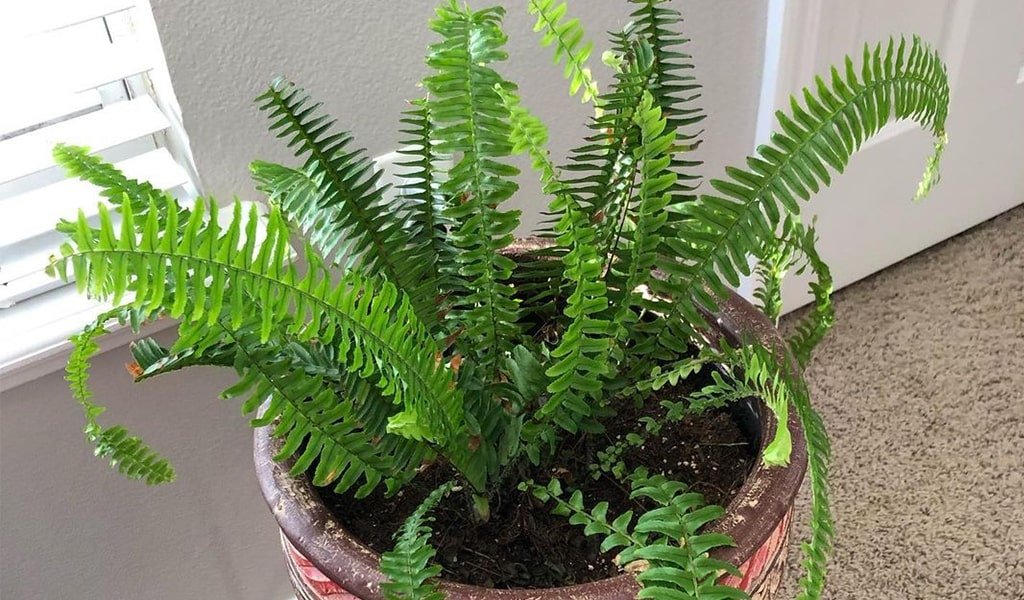
This is a species of the family “Lomariopsidaceae” and originates in Australia. It’s higher fitted to the standard indoor setting. The Kimberly Queen Fern is hardy and wishes low maintenance.
The Kimberly Queen Fern will filter xylene and formaldehyde from the air.
- Water: Avoid watering with “hard water,” or water that includes a ton of salt, fluorine, or gas in it. Provide water once the higher layer become dry. Permit the highest 30 % of the soil to dry out before watering. Watering it once the leaves could even flip a pale green colour, then your plant is thirsty. Once the fronds flip crisp or brown, which means you’ll be overwatering.
- Soil: Prefer a potting soil with sensible drain and high organic content. A potting combine ought to have sphagnum or moss for wetness retention, sand or gravel for the drain, and sterilized bagged garden dirt or potting soil.
- Temperature: The Kimberly Queen fern prefers bright, indirect light-weight. The Kimberly Queen fern likes temperatures around 60-70 degrees. They need to be kept far away from fireplaces and heaters.
- Pruning and Fertilizing: Fertilize monthly with a balanced liquid fertilizer once a Kimberly Queen fern is actively growing. Cut dead Leaves off as short as they seem. Dead leaves of any plant ought to now be removed since they drain energy from the plant.
2. Barberton Flower

This is a genus of plants within the daisy family. The species are perennial and reproduce asexually. This plant produces tall, colourful flowers in season. These will flower at any time of the year, and every flower lasts between four and 6 weeks. The flowers are also in red, yellow, pink, or orange colour.
The Barberton Daisy daisies will live 2 to 3 years with correct care.
The Barberton flower plant cleans formaldehyde, benzene, and trichloroethylene from the air.
- Water: Deeply water the Barberton Daisy once per week. This is often useful for gerberas since their roots grow deep into the soil. Water within the morning; therefore, the soil will dry throughout the day.
- Light: They need some daylight. They like average temperatures. They like a cooler winter temperature of concern forty five to fifty degrees Fahrenheit and full bright sun.
- Soil: Attempt to plant it in well-draining pots. A touch composts other at planting can encourage moderate flower growth. With freshly seeded seeds, a well-draining propagation combine is a must.
3. Weeping Fig Tree
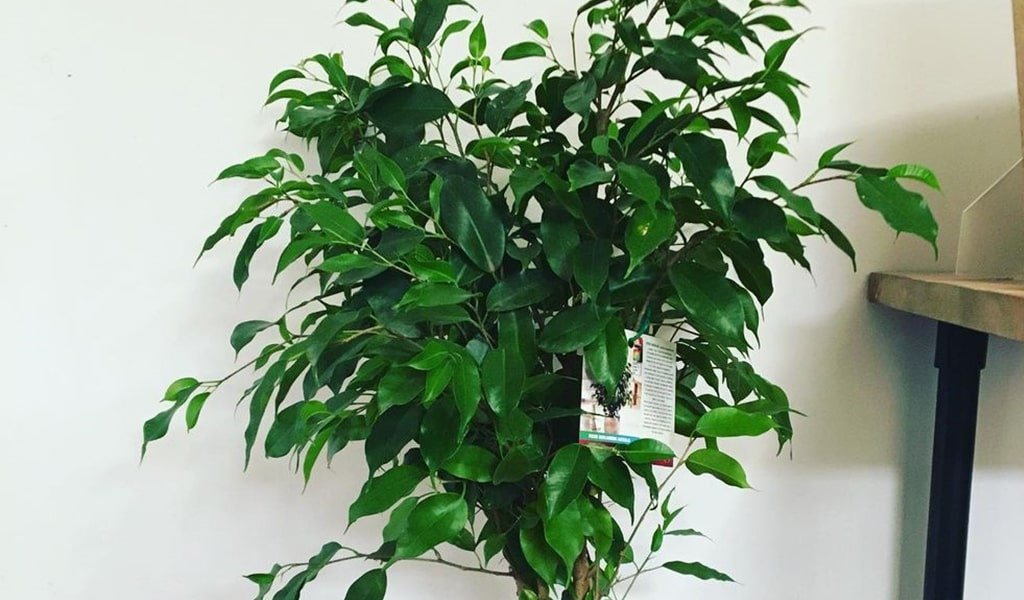
This is a species of flowering plant within the family “Moraceae”. This grows as an oversized broad-leaved evergreen tree in tropical and climatic zone climates. It’s a lot of typically full-grown as a plant in homes and offices.
This huge indoor tree ought to be in a very well-lit space.
A Weeping fig tree cleans formaldehyde, xylene, and toluene from the air.
- Water: Water is only the highest several inches of the soil are dry. Yellow leaves are proof of overwatering. Keep the soil slightly drier in winter, once lightweight levels are lower and growth is slower.
- Light: The Weeping fig tree likes Bright, indirect lightweight year-round. Trees that do not grow abundant, are dropping leaves, or lose their variegation, in all probability, don’t get enough lightweight.
- Soil: Any good, fast-draining potting soil is suitable for a Weeping fig tree. The Weeping figs don’t need soil that’s exceptionally high in nutrients or organic matter. If re-potting, use a soil-based potting soil that contains perlite, sand, and vermiculite for improved avoidance.
4. Chrysanthemum
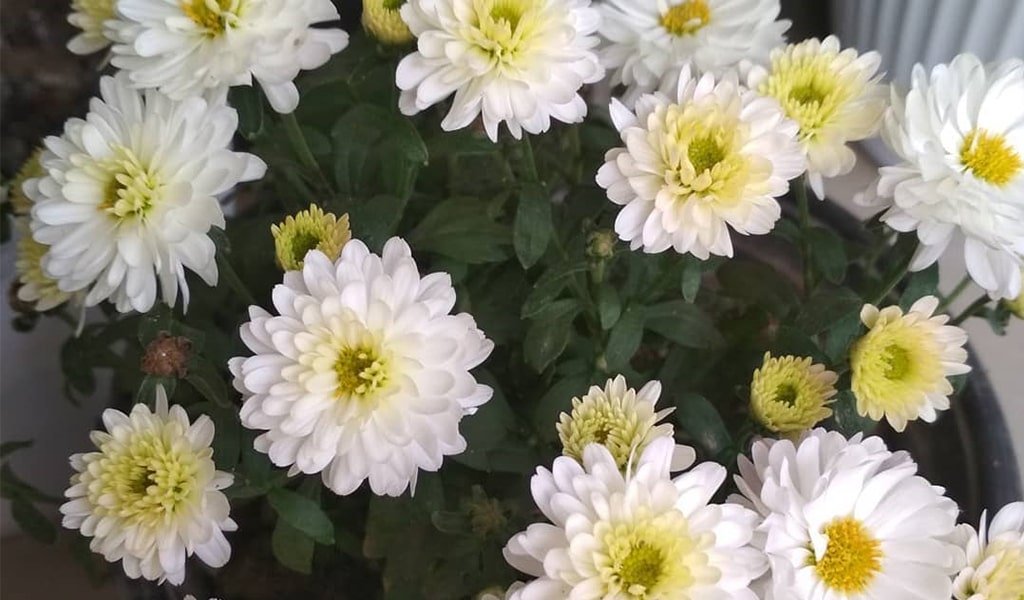
This is the genus of the family “Asteraceae”. They are native to the East Asia and north-eastern Europe. They’re offered in an exceedingly wide selection of sensitized colours, shapes and sizes. The chrysanthemum flowers may vary from dazzling white to deep bronzes.
And therefore, hardier plants are highlighted with full, dark green leaves. The Chrysanthemum flowers seem like they need a large number of petals, however every individual flower petal is truly a little bloom.
- Water: Early within the season Chrysanthemum ought to be watered like your lawn, regarding one in. per week. Because the plants increase in size and summer brings hotter temperatures, your watering ought to increase proportionately. By the flowering time is the October month, watering 3 times per week wouldn’t be excessive.
- Light: The Chrysanthemums are sun-loving plants. They need minimum 6 hours of daylight every day.
- Soil: They will Grow in dampish; however, well-drained soil with additional compost or well-rotted manure.
5. Spider Plant
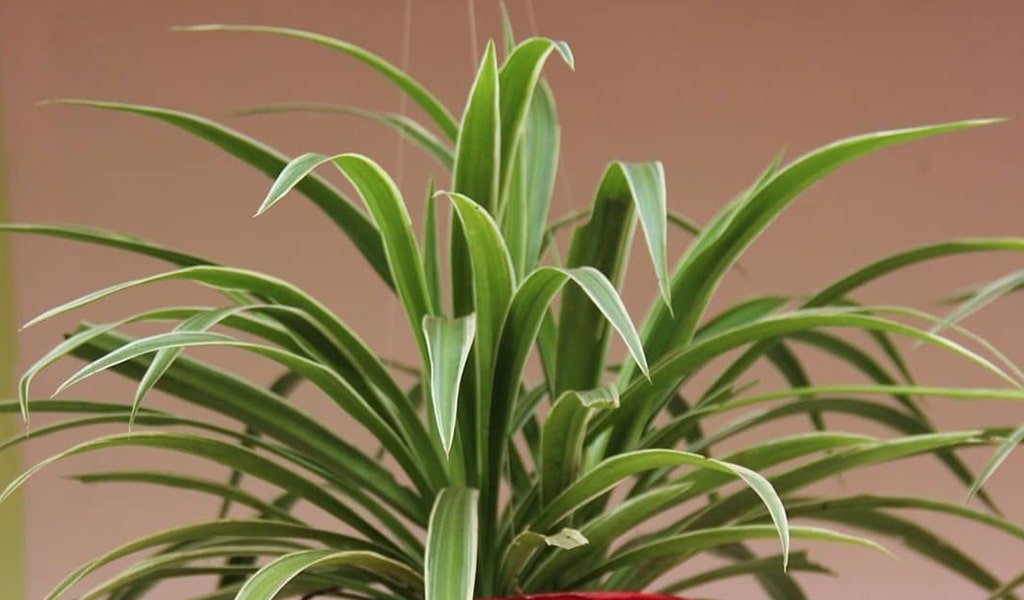
Spider Plant is the genus of the family “Asparagaceae”. this plant is often a perennial seed plant species. Spider is the native of southern Africa. They grow to concern sixty CMS tall. Its fleshy, stalk roots, every concerning 5–10 cm long.
The long, slim leaves reach a length of 20–45 cm and are around 6–25 millimetres wide.
Spider plants will quietly battle toxins, including carbon monoxide and xylene.
- Water: If the top 1 in. soil is dry, it is time to water your plant. Watering moderately or once per week throughout prior year ought to be spare to stay the soil systematically damp, however not to a fault wet. Once the primary year, you’ll be able to water the plant periodically.
- Light: Spider plants like bright, light-weight, and tend toward hot in direct daylight. However, they’re going to grow in conditions starting from semi-shade to partial direct sun.
- Soil: Spider plants like well-draining, potting combine, even wet. They do not wish to be too dry or too wet.
6. Aloe Vera
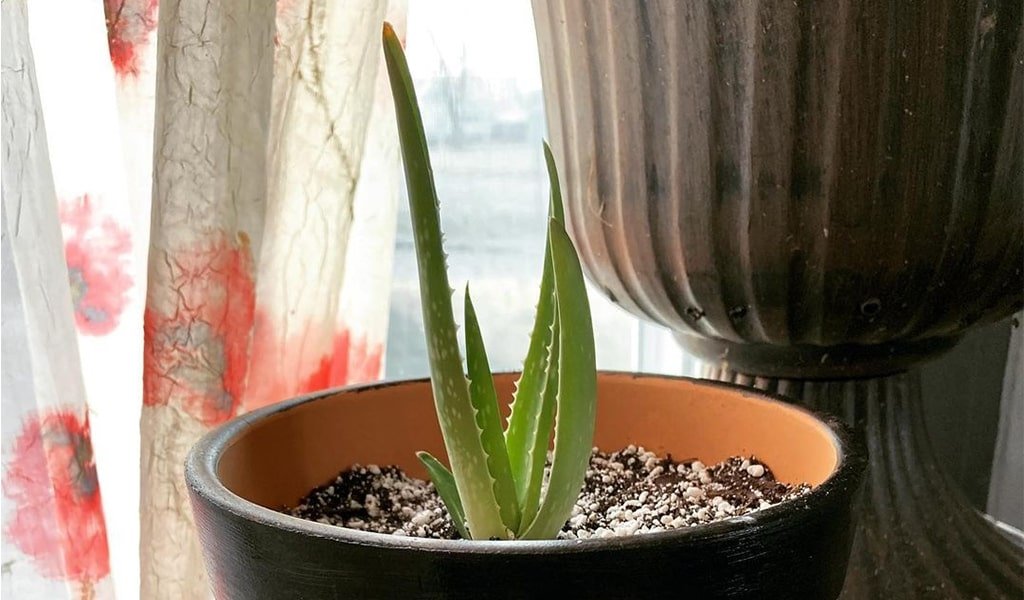
It originates from the Arabian Peninsula. It is an evergreen perennial. It’s cultivated for agricultural and healthful uses. This is often a thick, short-stemmed plant that stores gel in its leaves.
This can be purifying methanol and benzol from the air.
- Water: Water the aloe Vera plants sometimes or deeply. Do not let your plant sit in water. Aloe Vera plants cannot tolerate standing water. Water the Aloe Vera plant every three weeks.
- Light: Six to eight hours of direct sun is best for an Aloe Vera plant. Most of these plants can tolerate some light-weight shade or filtered sun at midday.
- Soil: You keep it during a well-drained soil pot. Sandy soil is the best choice.
7. Bamboo Palm
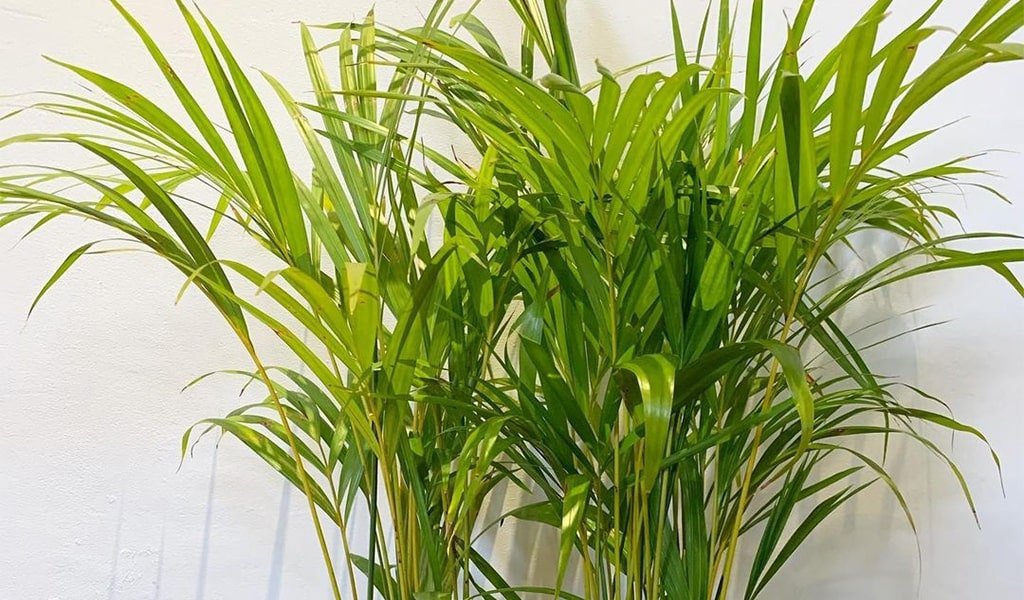
Potted bamboo palms bring colour and heat to any area within the house. Growing palms inside is comparatively simple if you begin with a healthy plant. Healthy palm plants have an erect habit and dark green leaves. Mature height varies from four to twelve feet with a span of three to five feet.
This can be a slow-growing plant, and it always takes 2-5 years for a bamboo palm to succeed in a good size.
Bamboo Palm clean benzene, trichloroethylene and formaldehyde from the air.
- Water: Water the plant till the soil is equally wet. Water the palm exploitation temperature filtered water once the soil surface feels dry. Don’t over water the palm plant and leave it sitting in water.
- Light: Bamboo Palm prefers minimal daylight and likes to require daylight, it will get within the kind of indirect, filtered light-weight or shade. Low Palms won’t survive if there’s no natural light-weight within the area.
- Soil: Plant your bamboo palm in well-drained soils. At the same time these plants wish to stay systematically wet. However, ought to never be allowed to sit down in wet or soggy ground.
8. Hedera Helix
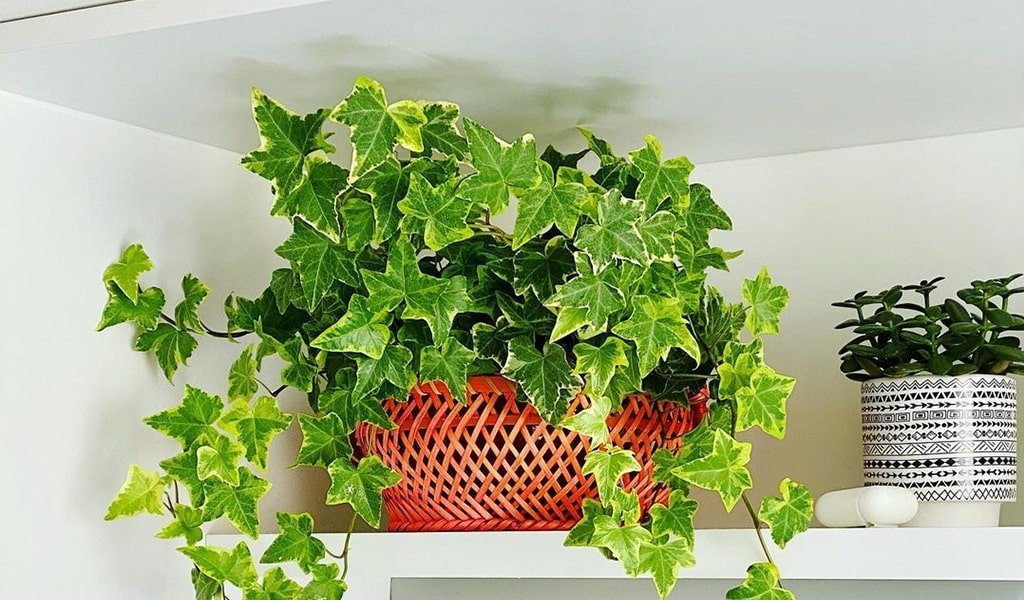
This is a species of seed plant within the family “Araliaceae”. This can be an evergreen woody perennial exhibiting marked morphological changes between its sterile and generative phases. The Hedera helix is an evergreen rising plant, developing to 20–30 m tall.
The Hedera helix cleans benzene, formaldehyde, xylene, and toluene from the air.
- Water: Water Hedera helix plant each five to seven days, reckoning on light-weight and temperature. Keep soil equally wet, however, not soggy wet. Don’t enable it to face in the water.
- Light: Hedera helix plant grows best in bright, light-weight, however, not direct sun. They tolerate low to medium light-weight, however, growth is reduced and varicolored forms might flip all green.
- Soil: Hedera helix plant would like Well-drained, however wealthy soil. In hotter, drier climates, the bottom should be heavily mulched to stay it cool and wet.
9. Pot Mum Plant
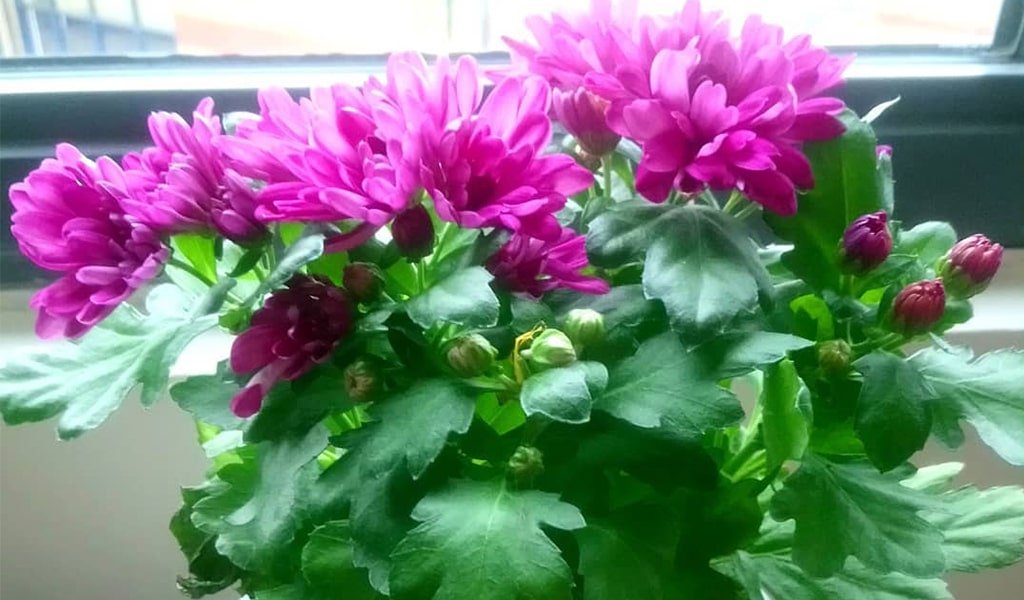
Pot mum plants are flowering plants of the genus the family “Asteraceae”. They’re native to East Asia and north-eastern Europe. They need alternately organized leaves divided into leaflets with toothed or often sleek edges.
This genus contains several hybrids and thousands of cultivars developed for agriculture functions. This plant begins blooming early within the fall. This can be additionally called the favourite flower. Flowers are accessible in yellow, white, purple, and red colour.
Pot Mum plants were able to filter ammonia and xylene from the air
- Water: Water new planted pot mums completely and never allow them to wilt. Once they’re established, offer mums regarding one in. of water per week. Once bottom leaves look limp or begin to show brown, water a lot of usually.
- Light: They are the sun-loving plants. These fashionable fall flowers do well with countless daylight. They need six hours minimum daylight. The lot of light-weight they receive, the higher their growth, bloom and lustiness.
- Soil: Pot Mums do best in well-drained soil so use a potting combine. Developing mums in difficult, dry soil anticipates the roots from turning into well built up, whereas damp, miry soil suffocates the roots.
10. The Chinese Evergreen Plant

The Chinese evergreen may be a genus of flowering plants within the “arum family”. This can be one of the simplest plants for beginners. These are evergreen perennial herbs with stems growing erect or decumbent and crawl. Branches that grow on the bottom might root at the nodes.
There’s usually a crown of wide leaf blades that in wild species are typically varicolored with silver, and green coloration. The fruit may be a fleshy berry that ripens red. They need been cultivated, hybridized, and bred into a good array of cultivars.
Best air setup Chinese evergreen is shown to wash out gas and benzol from the air.
- Water: You’ll be able to water frequently, keeping the soil similarly soggy, or water once each few weeks and Chinese evergreen can do similarly well.
- Light: Chinese evergreens thrive best in filtered light-weight to partial shade, however never direct daylight. Chinese evergreens perform o.k. as houseplants or fully grown outdoors in a very shady bed in frost-free areas.
- Soil: Chinese evergreens need equally damp soil, surroundings, and high hardness.
11. Mother-in-Law’s Tongue
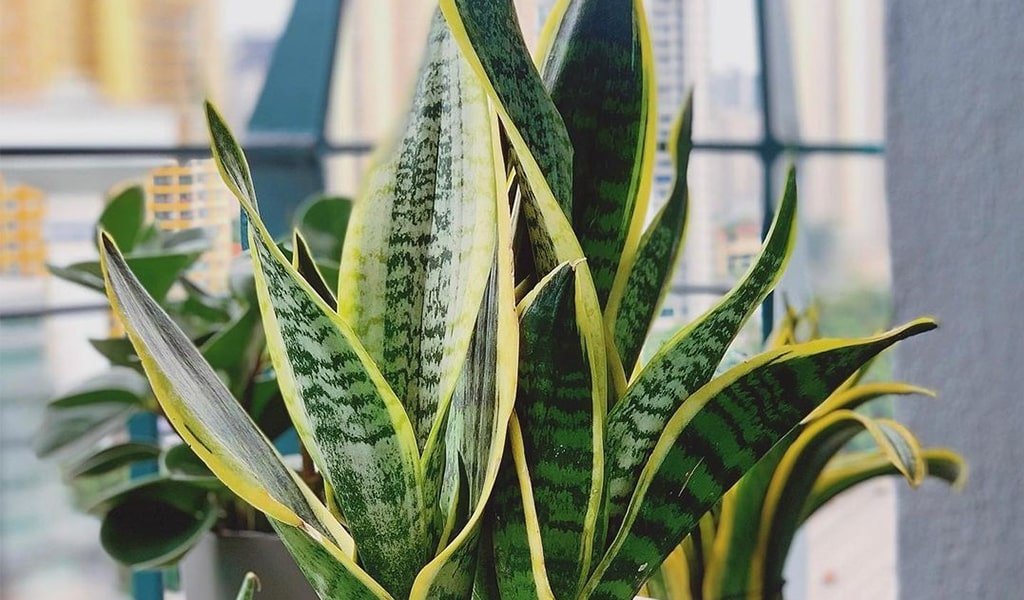
The mother-in-law’s tongue may be a highly regarded house plant that originates from West Africa. This stunning evergreen has long, stiff, and chromatic, vertical leaves, that feature chromatic bands. This plant can sprout little, white flowers.
It absorbs toxins, like nitrogen oxides and is nice for up indoor air quality.
- Water: Let the soil dry between watering’s. Throughout winter, cut back watering to monthly, or whenever the soil is dry to the bit. An excessive amount of water will kill the plant.
- Light: This plant likes Bright and indirect daylight. This plant like in 60° to 80°F temperatures.
- Soil: This plant can do well in sandier soils. Choose a potting medium low in peat that eventually packs and refuses to re-hydrate or drain properly. The general succulent potting soil may be a sensible choice.
12. Rubber Tree
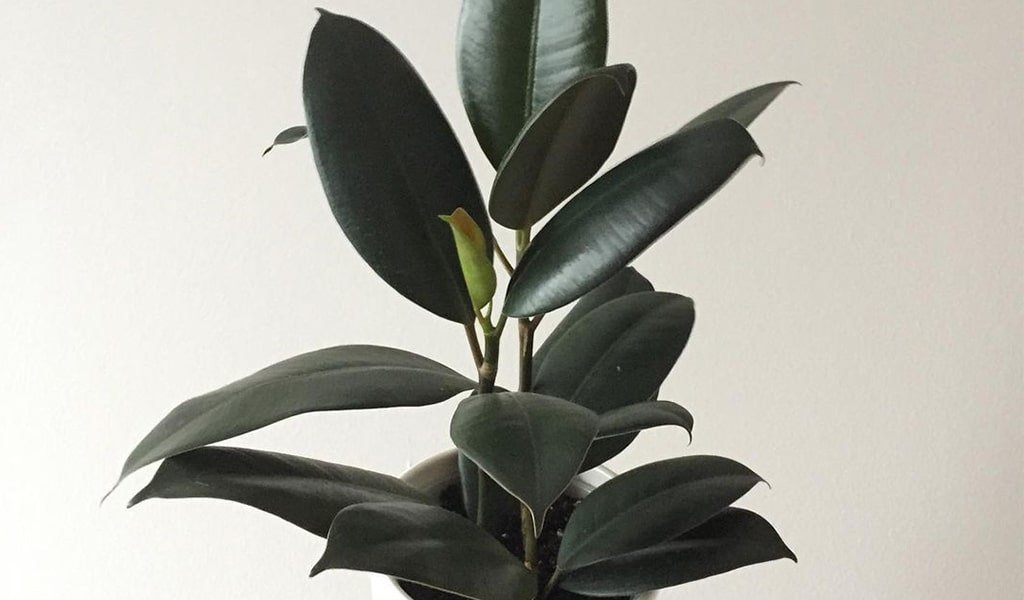
This is a flowering plant belonging to the family “Euphorbiaceae”. This can be native to the South Asia and Southeast Asia. It has broad shiny oval leaves 10–35 centimetres long and 5–15 centimetres broad. The rubber tree can grow to heights of a hundred to a hundred thirty feet, and may live up to a hundred years.
Rubber plants stand out removing chemical toxins.
- Water: Water in the each 1-2 weeks. Permitting the soil to dry out between watering’s. Rubber trees don’t ought to root in water.
- Light: Rubber plants likes bright, indirect light that may not too hot. Direct daylight may result in scorched leaves. You’ll keep your rubber plant close to a window with a sheer curtain to offer it simply the correct quantity of day-light.
- Soil: Rubber plant would like an especially well draining soil. The rubber tree would like the correct mixture of soil the soil ought to be one part peat, one half pine bark, and one half sand or perlite.
Have some questions or suggestions? Use our comments section on this blog! You can feel free to leave a comment or two down below, and we’ll get back to you as soon as possible!
We love reading your messages……

